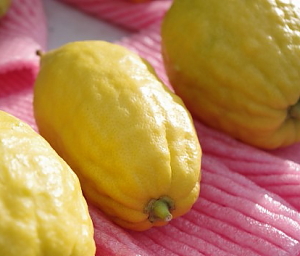SUNSET MONDAY, SEPTEMBER 20: There’s hardly a more pandemic-appropriate religious festival than the ancient Jewish celebration of Sukkot, when families build fragile structures with leafy thatching overhead to remind themselves of the ancient Israelites’ living quarters during their 40 years in the desert. For a week, they try to eat meals and some even sleep in their sukkahs.
For example, David Suissa writes in The Jewish Journal: “The coronavirus, which has turned so many buildings into danger zones, has only reinforced the Sukkot message of the vulnerability and impermanence of physical structures.”
That theme is echoed in The Jerusalem Post: “Celebrating Sukkot during a global pandemic for the second year running already heightens our sense of impermanence and vulnerability.”
Jews enter this season each year following the Jewish High Holidays. Tradition calls on Jews to construct and then dwell in temporary structures, called sukkahs, during Sukkot. As Sukkot is, agriculturally, a harvest festival, many sukkahs are decorated with autumn crops. In the U.S., it is not uncommon to see sukkahs decorated with gourds, pumpkins, squash and other foods associated with fall. Traditionally work is halted on the first and second days of Sukkot, with the days in between reserved for relaxation (though work is permitted on these days).
DIY 101: HOW TO BUILD A SUKKAH
Though sukkahs may look vastly different, the builders try to abide by specific rules. A sukkah must have at least 2.5 walls covered with a material that cannot be blown away by wind; the roof must be made of something that grew from the ground and was cut off, such as tree branches, corn stalks or wooden boards. The roof materials of a sukkah must be left loose, so that rain can get in and, preferably, the stars can be seen at nighttime. (Learn more from Judaism 101.)
Looking for autumn recipes, tips on building a sukkah and more? Check out the resources at My Jewish Learning, Chabad.org and Aish.com.
A sukkah may be any size so long as a family can dwell in it, and many Jews spend as much time as possible in the sukkah. It is common to eat meals in the sukkah, and some Jews even choose to sleep in it.
Another custom associated with Sukkot involves the Four Species. The Four Species—the etrog (a citrus fruit native to Israel), the lulav (palm branch), aravot (two willow branches) and hadassim (three myrtle branches) are used to “rejoice before the L_rd.” With the etrog in one hand and the branches bound together in the other hand, blessings are recited. The branches are waved in all directions, to symbolize that G_d is everywhere.
Note: The two days following Sukkot are Shemini Atzeret and Simchat Torah, which celebrate the spiritual aspects of Sukkot and the cyclical public reading of the Torah, respectively.




Tell Us What You Think